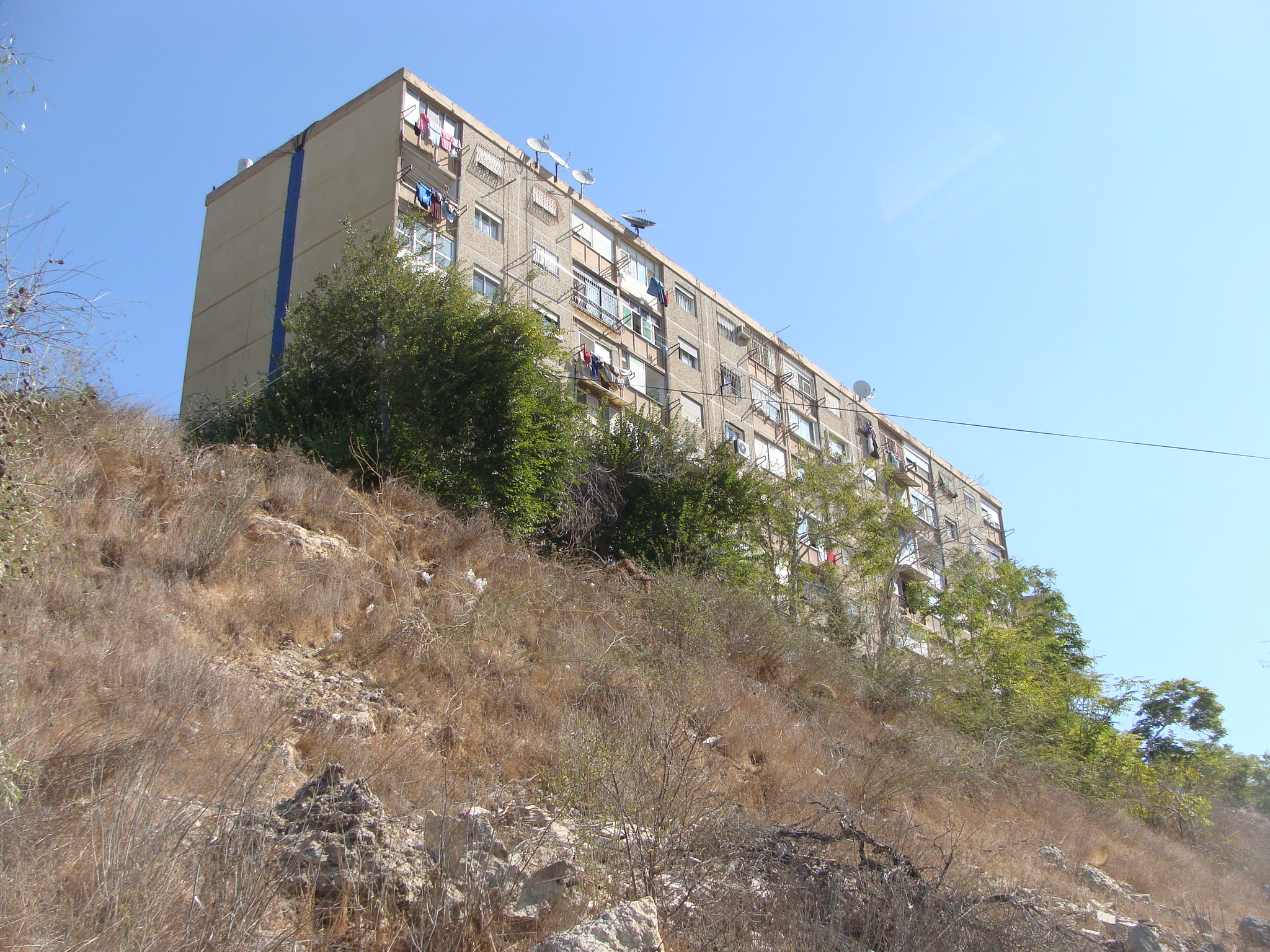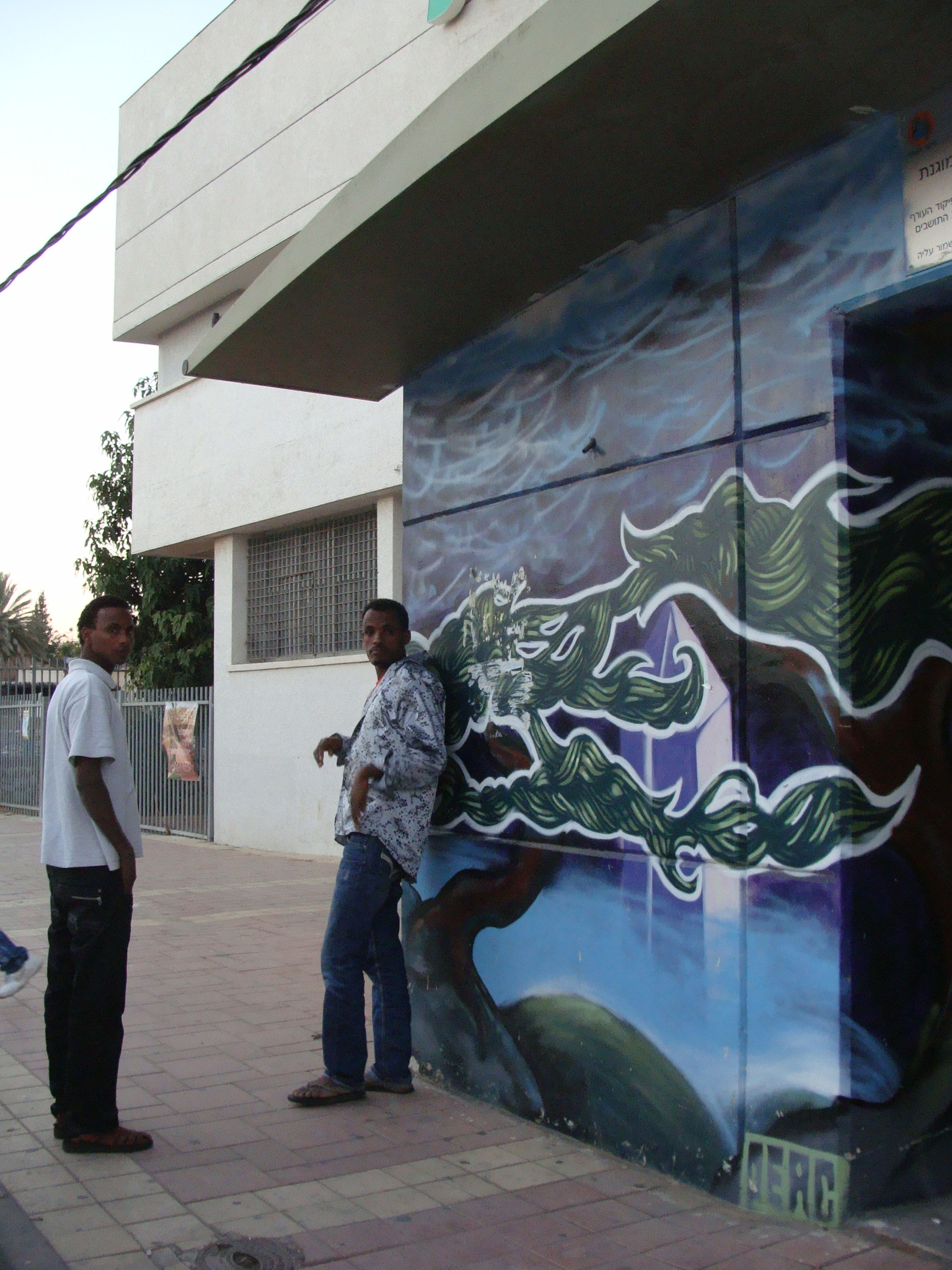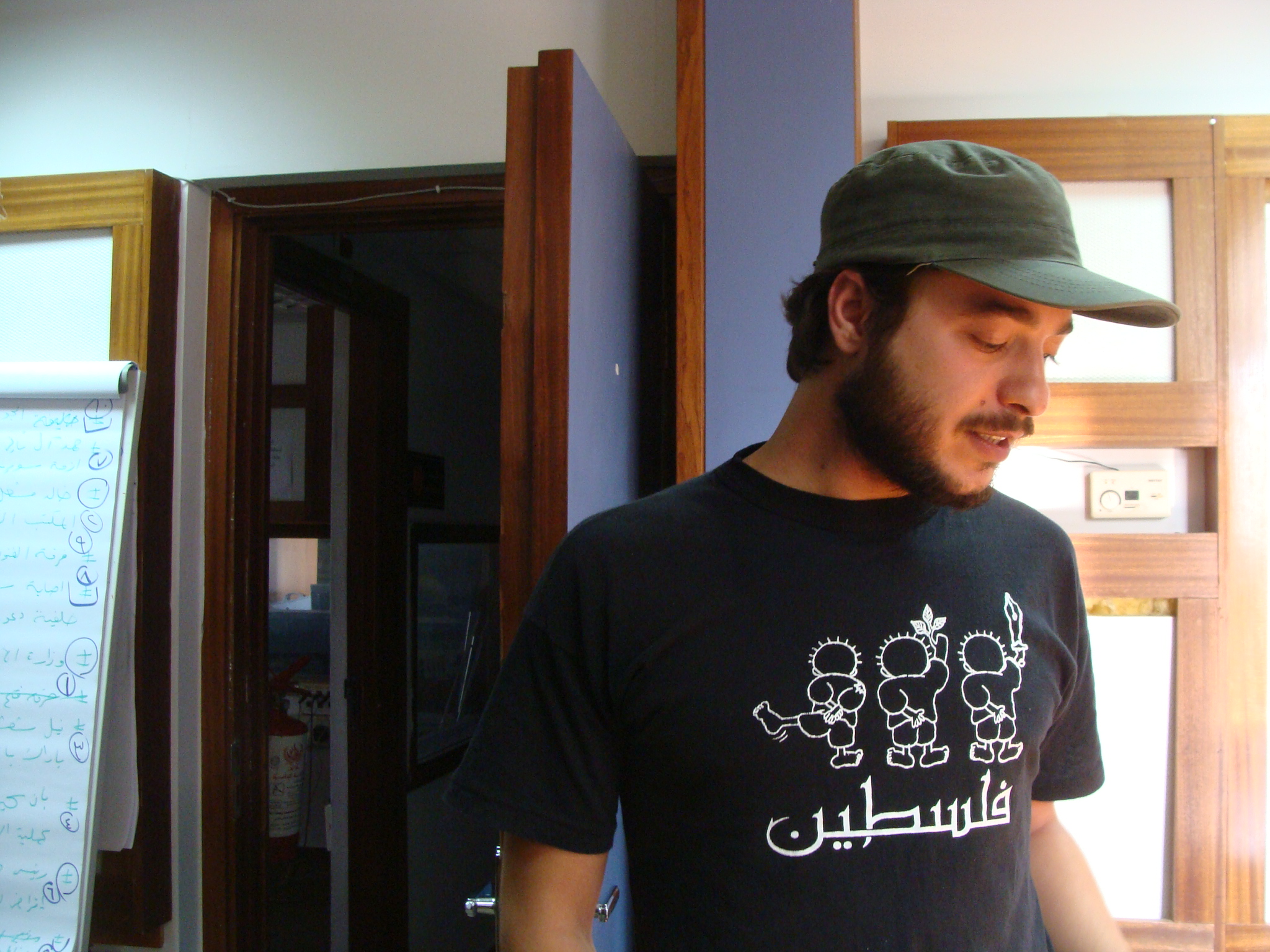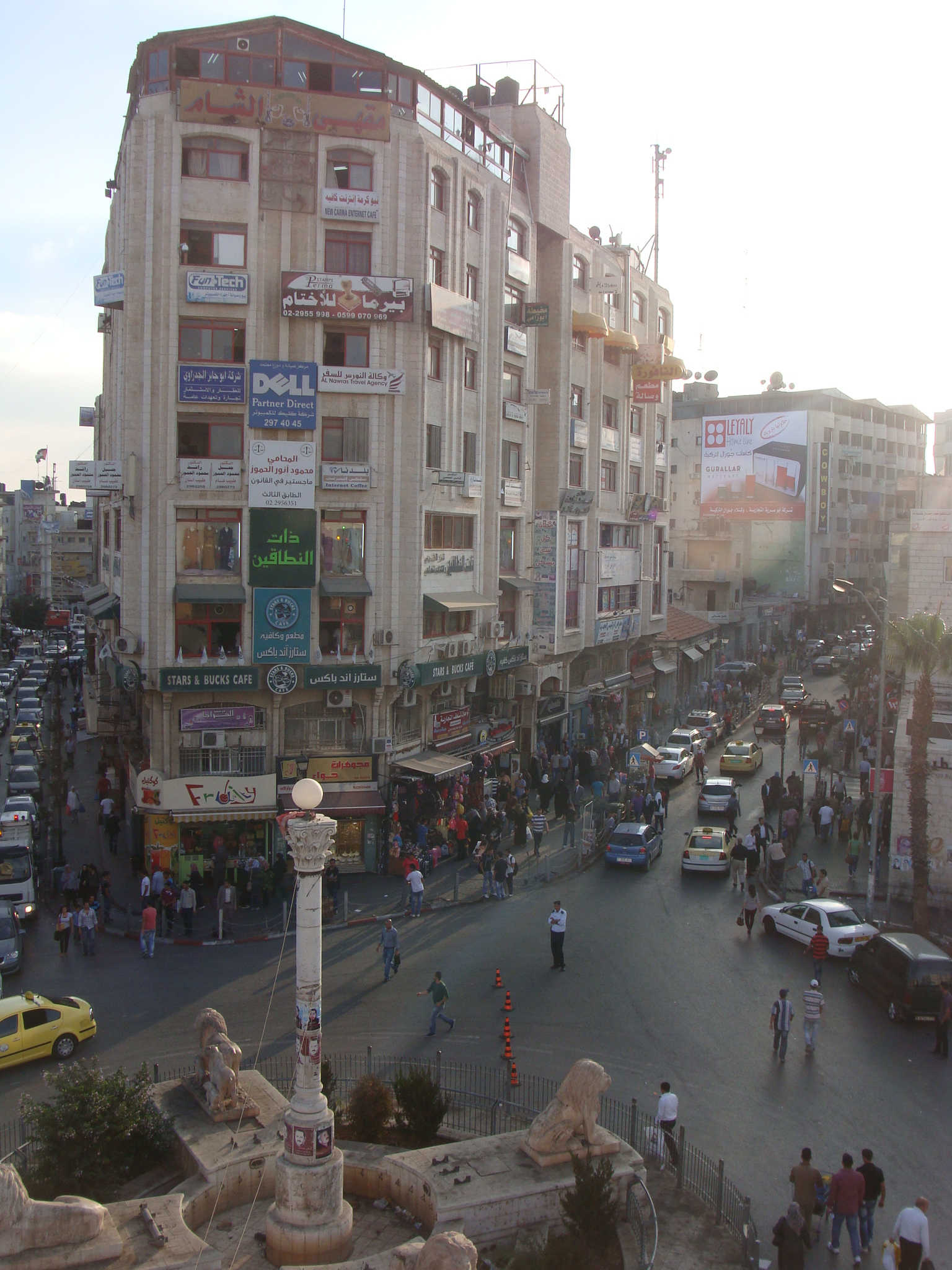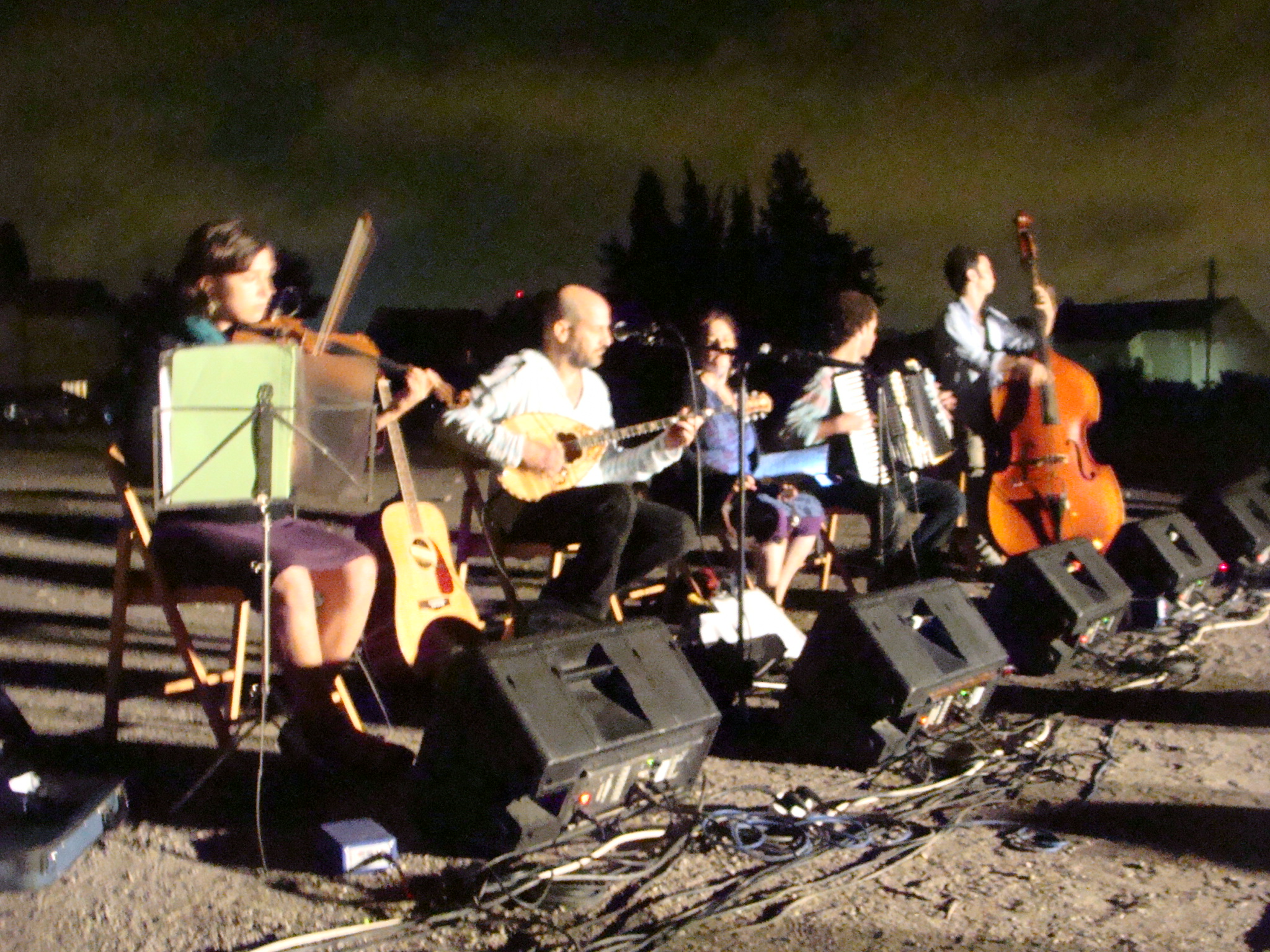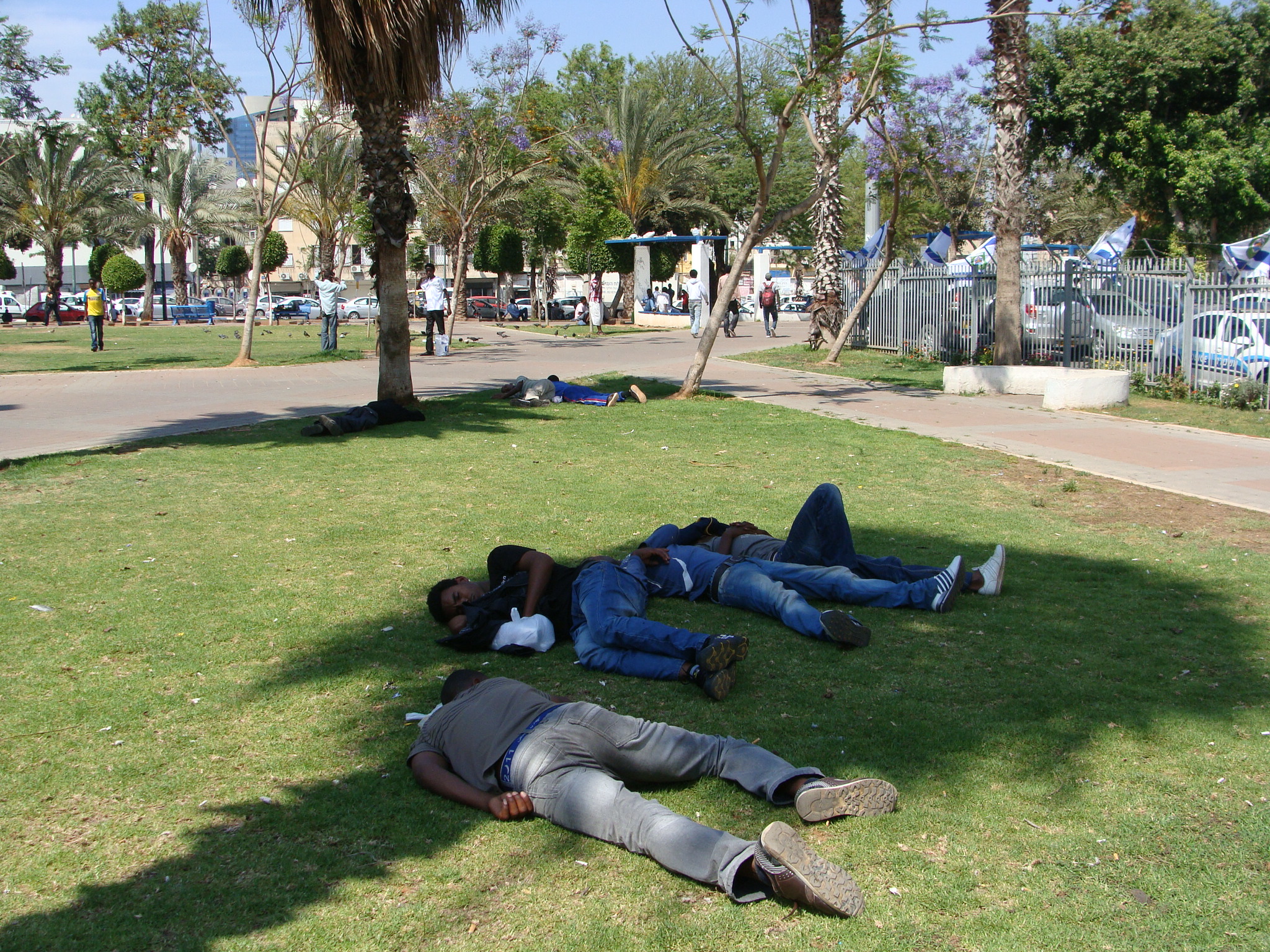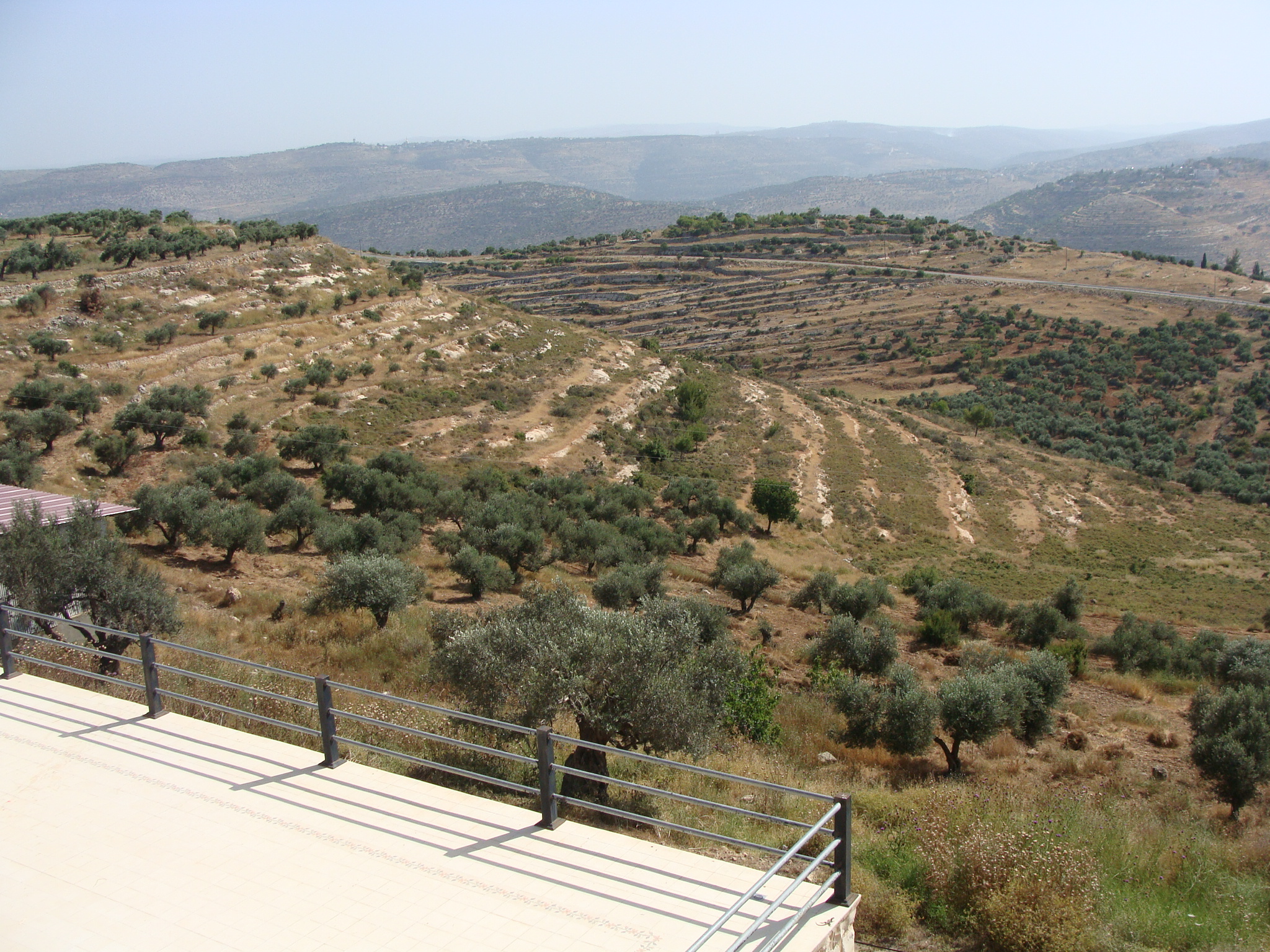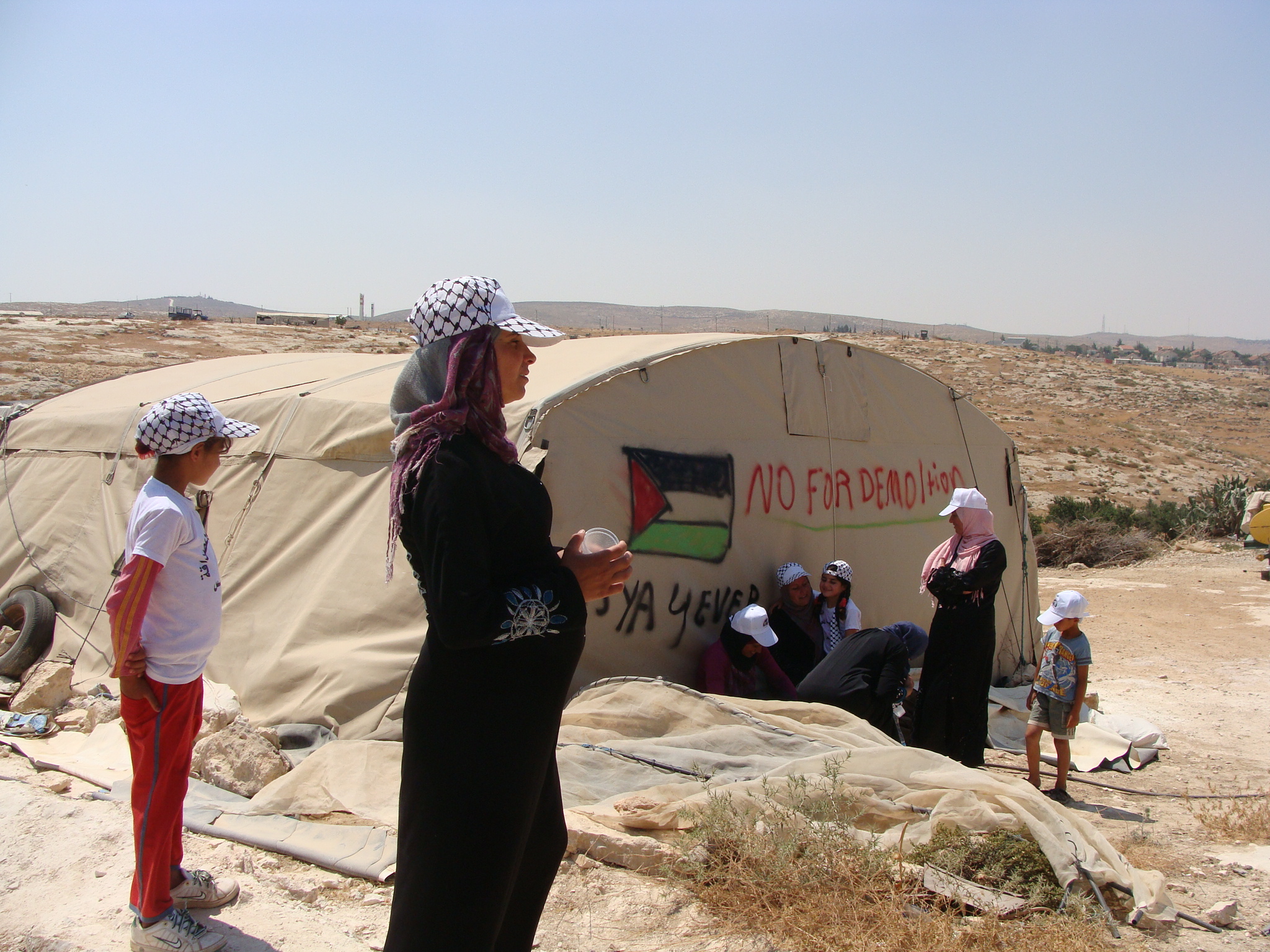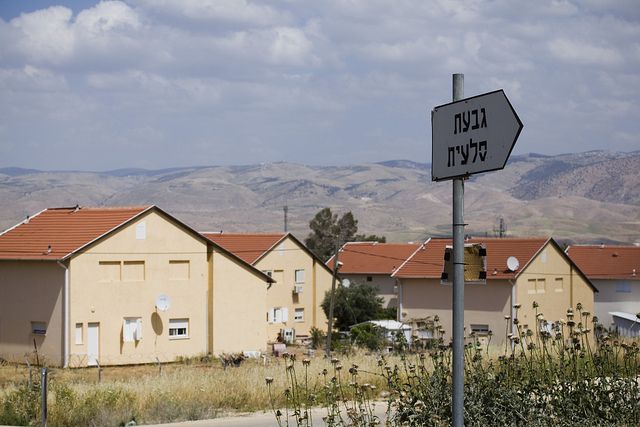Al Jazeera English, December 18, 2012
Israel’s Supreme Court ruled last week that the state cannot extend its separation barrier through the West Bank village of Batir, located next to the Green Line that divides Israel from the Palestinian territories.
Petitioners argued the wall would destroy Batir’s ancient agricultural terraces and unique irrigation system, both of which are still in use today, shattering the ecosystem and villagers’ livelihood.
Meanwhile, though, another battle dragged on just a few kilometres away in Jewish neighbourhoods on the Israeli side of the Green Line. Kiryat Menachem and Ir Ganim, two communities visible from Batir, are also fighting the state to preserve their identities. While the agricultural terraces that characterised these areas before the 1948 war are long gone, as are the Palestinians who tended them, locals say there is still something worth saving here.
Kiryat Menachem and Ir Ganim are struggling against the Jerusalem municipality and investors’ attempts to gentrify the area. Their story is a microcosm of Israel – a state that was once socialist-leaning, a people that boasted “us Jews take care of one another”, has given way to rampant capitalism. New apartment buildings are mushrooming up all across the country, often on lands that were Palestinian-owned.
The Israel Land Administration (ILA) now controls Kiryat Menachem and Ir Ganim’s lots, which were just a handful of the tens of thousands of hectares of Palestinian land the state appropriated under the 1953 Land Acquisition Law. With the ILA’s blessing, the city has given investors permission to demolish some 900 apartments and build high-rises in their place. The new towers will include commercial centres and about 3,600 apartments that will attract more than 10,000 additional residents.
Meir Pele is the investor behind the first phase of the project, which will see some 250 apartments destroyed and 900 built on Nurit Street. Speaking to Haaretz, the Jerusalem municipality called it a “golden opportunity” for residents.
But those living there say the government and city gave the land away without their knowledge or consent. In some instances, they gave developers the green light to destroy buildings that include privately owned apartments. And developers’ plans are likely to push low-income locals out of their homes.
Mike Leiter is an Ir Ganim resident and activist. Leiter says that Pele is offering residents apartments in the new towers and will waive building maintenance fees for the first three years. But after that, residents will be subject to charges that will be unaffordable for many.
For developers to move forward, however, they must get residents to sign a contract saying they agree to the plans.
The city, which is struggling financially, stands to make a tremendous amount of money from the taxes the new residents will pay. The municipality, Leiter says, “is so hungry for this to succeed that they have let loose this [investor, Pele]. He’s threatening people that if they don’t sign, he’ll take them to court.”
Pele denies claims he is coercing people into signing contracts.
But whether Pele is pressuring them or not, the fact is many in Ir Ganim and Kiryat Menachem are Ethiopian immigrants who barely speak and read Hebrew. Under Israeli law, if a majority of those in the buildings designated for demolition sign, the developer can sue the holdouts, twisting their arm into agreeing.
“[Pele is] aggressively pushing people to sign a 68-page contract – 68 pages. I couldn’t sign that without a lawyer,” adds Leiter.
While a number of residents have signed, word quickly spread through the Ethiopian community not to agree to anything without an attorney.
A number of the buildings slated for demolition are in poor condition. Residents complain about a lack of insulation and leaky pipes that drip sewage. It’s a runaway process: Because the occupants are poor, they can’t afford to pay maintenance fees. And so the buildings continue to deteriorate.
Gabriel, an Ethiopian resident of Ir Ganim who asked to be identified by a pseudonym, immigrated to Israel 15 years ago. He managed to buy his apartment with a special government-subsidised mortgage that is offered to new citizens from Ethiopia. His home is one of those that will be torn down to make way for the towers.
“I want a new apartment. The building is falling apart,” he says. “If there will be an earthquake our building will crumble. When people go down the stairs, [those inside the apartments] can feel the building moving.”
However, he is concerned about the impact of the high-rises and the massive influx of new residents. The area’s infrastructure isn’t built for large neighbourhoods. The traffic in and out of Kiryat Menachem and Ir Ganim will be unbearable during rush hours, Gabriel and other locals say.
When asked if building maintenance fees might eventually drive him out of the new towers, Gabriel shrugs. “I don’t know what I will do. Maybe my financial situation will improve in the meantime.”
Desperate to provide his wife and baby girl with a safe home, Gabriel isn’t thinking about the long term. “I’ll solve today’s problems today,” he says. “Tomorrow I’ll take care of tomorrow.”
While Leiter’s building will not be affected by the plans – known as “pinui-binui”, or “evacuation-construction” – he is concerned about the impact they will have on Kiryat Menachem and Ir Ganim’s character.
Tensions between different groups of Jewish Israelis are common throughout the country, sometimes pitting secular against religious; Jews of Eastern European descent against those with roots in Arab countries; and immigrants against native-born Israelis. But Leiter says Ir Ganim is an exception to this rule, and that’s one of the reasons why the neighbourhood must be saved from gentrification.
The area is home to Holocaust survivors from Eastern Europe; Jews who immigrated from Morocco, Egypt, and Iran; Russians who came to Israel after the fall of the Soviet Union; recent arrivals from Ethiopia; and American-Israelis such as Leiter, who has lived in Ir Ganim for more than 30 years.
“What’s beautiful about this neighbourhood is that we have three elementary schools and there’s a big population of Ethiopian kids and they all go to the schools here,” Leiter says. “It’s not like other places [in Israel] where we hear on the radio that they’re not letting [Ethiopian] kids in.”
Ethiopian Israelis face widespread discrimination in Israel. In 2010, British journalist Jonathan Cook revealed that Israeli doctors were pushing Ethiopian immigrants to take Depo Provera, a birth control shot with a wide range of side effects.
Last week, Israeli journalist Gal Gabbai reported that Ethiopian women are being coerced into taking the drug and, in some instances, are not being told the shot is for birth control.
Ir Ganim is a rare bright spot, a place where most, Leiter says, “make an effort” to get along regardless of their ethnic background.
Gabriel’s take on coexistence among the various ethnicities is less than rosy. “There’s racism here … I didn’t expect it in a state where the people went through so many problems all over the world. I didn’t expect it from a people who experienced racism themselves.”
While Gabriel doesn’t think developers’ plans constitute discrimination, many believe the city and businessmen have targeted the area because the population is disadvantaged.
“It’s a [population] transfer,” Leiter says. “They’re pushing out weak people. We say, as a community, we want these people here.”
The Jerusalem municipality and ILA did not respond to multiple requests for comment.
